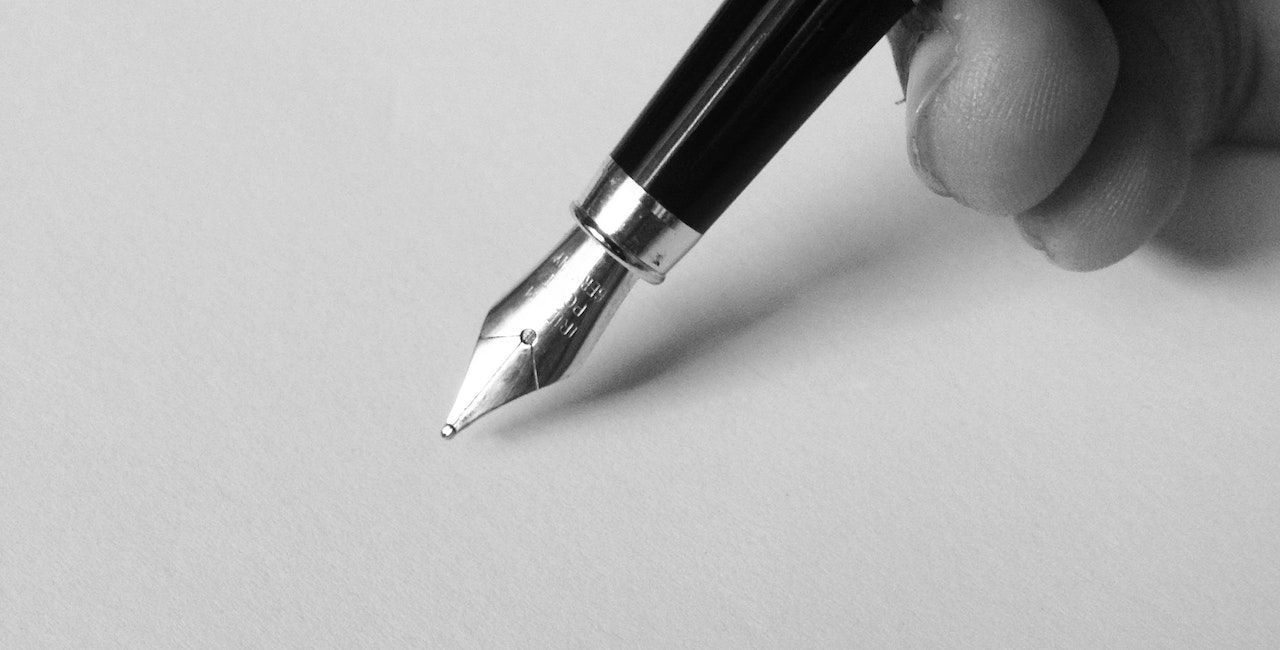Writing stuff down has been a way for me to think clearly and articulate my thoughts.
While maintaining open source projects with remote teammates, we were forced to practice async communication. We usually work on a new feature by following this process:
- Create a design document.
- Open it up for review with the stakeholders.
- Receive feedback.
- Iterate.
- Implement.
This is similar to how traditional organizations handle things. But traditional organizations have a more accessible communication channel because of their physical proximity in offices.
This is far from how we operated on open source projects where teammates span continents and time zones. How do you communicate effectively without being on calls at weird times?
You write stuff down.
Creating a design document required a lot of writing. The feedback was in writing. And the improvements to the design meant more writing.
It worked well, and we improved the way we communicate.
Going into my fourth year of remote work, I have taken this lesson into a default practice and would urge my teammates to do the same.
I also take the “write stuff down” practice outside work to my personal life. I use Notion (for now) as my note-taking app, and it has sections for every aspect of my life, from daily planning to travel planning and meeting notes to blog post ideas.
I also forget my thoughts and ideas quickly, so writing them down as soon as I have them helps me go back to them in the future. Frequently writing has enabled me to do it more quickly than before, so I don’t lose my train of thought thinking about how to write them down.
Strategies to Write Clearly
Over the past years, I have experimented with how I can write clearly to fully articulate my thoughts and to make it easier for the reader to understand what I’m thinking.
These strategies worked well for me.
Be Verbose
Don’t shy away from expressing your thoughts verbosely. I don’t mean you should always be wordy when you could have explained more straightforwardly, but make sure your explanation is unambiguous.
Make Reasonable Assumptions
Technical documents usually require the reader to have some prior context to understand them.
Leverage Emphasis, Lists, and Tables
Use bold to highlight text, lists to order content, and tables to organize information.
These, along with proper headings, paragraphs, and other typographic tools, will make your writing more readable.
Iterate
A lot of times, these documents are a collaborative effort of multiple people. This means you would have to iterate and improve the document before presenting it in its final form.
If you are working on the document alone, you can ask for feedback in between from peers and improve it.
This is especially useful when you want to create timeless documents. For example, if you are making a guide that new engineers in your team would follow, you should ensure that the guide is comprehensive. This could take multiple iterations before it reaches its final stage, which is better than tackling it in one go.
It took me some time to figure out what worked and what didn’t. But working on improving how I communicate with writing has helped me immensely while working remotely. It will take some deliberate practice, but I assure you that you will benefit from it.
Thank you for reading "Write Stuff Down."
Subscribe via email or RSS feed to be the first to receive my content.
If you liked this post, check out my featured posts or learn more about me.
